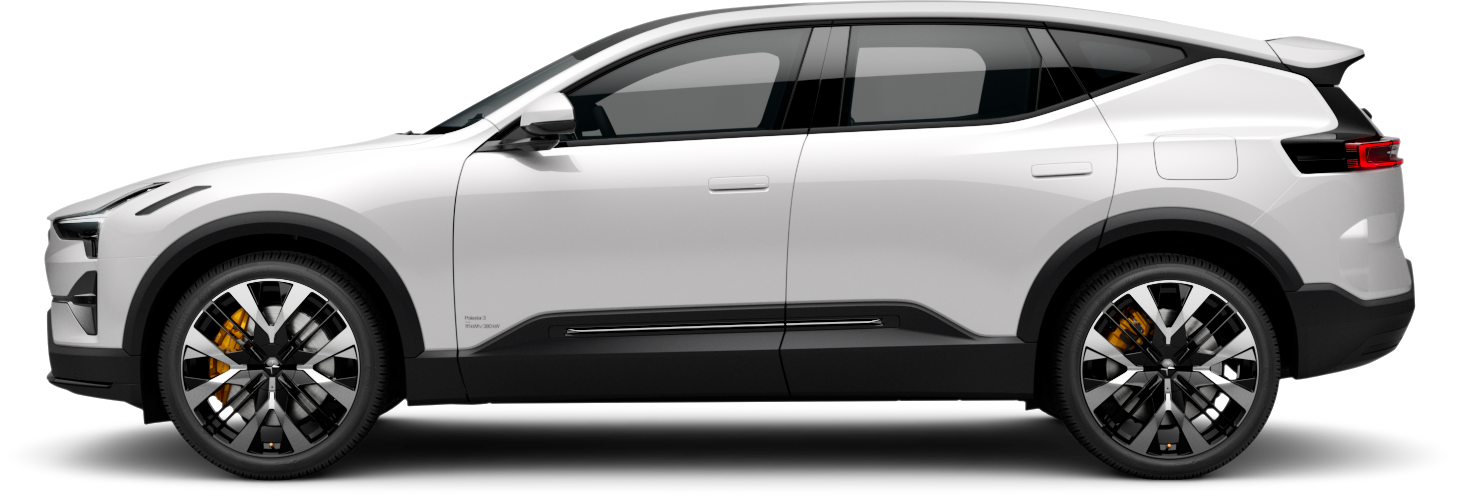Vehicle electrical system and batteries
Your vehicle has a specialized electrical system that delivers electricity to and from the batteries. There are both high-voltage and low-voltage circuits for different electrical functions.
This section of the manual presents information about several of its electrical components. These include:
- The traction battery
- The 12 V battery
- The emergency 12 V supply terminal
- Fuses
Important
12 V terminal
In the event of a total loss of power, the vehicle can't be unlocked, as the locks are electrically operated. To access the vehicle and charge it, the vehicle can be powered for a short time using the externally accessible 12 V terminal. You can also access it by removing a small panel below the front bumper, near the front left wheel.
Before using the 12 V terminal, consider the following:
- Polestar recommends that the 12 V terminal only be used by service technicians for the purpose of accessing the vehicle as part of immobilization recovery.
- Only use a 12 V charger with a maximum charging current below 30 A.
- Connecting any power source that delivers a current higher than 30 A will blow the terminal fuse and thus disable it.
- Only use the 12 V terminal for short amounts of time. It is not meant as a means of powering the vehicle continuously.
Tip
Vehicle charging
Features and equipment related to charging, such as the charging port and cables, have their own section.
Convenience features
Power-related features, such as USB ports and wireless device charging, are covered in other sections.
Warning
- Do not handle or modify the vehicle's electrical components. Only perform actions that are clearly described in the manual.
- High-voltage components can produce or conduct lethal currents and must only be handled by authorized technicians.
- Do not perform repairs on the electrical system or components. Contact a service point for all servicing and repairs.





